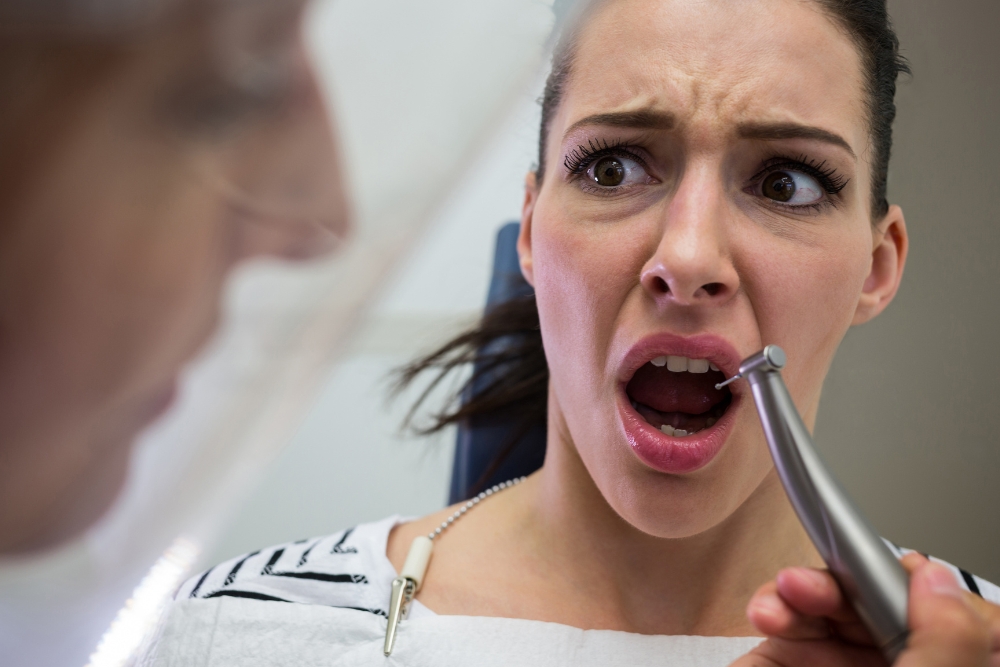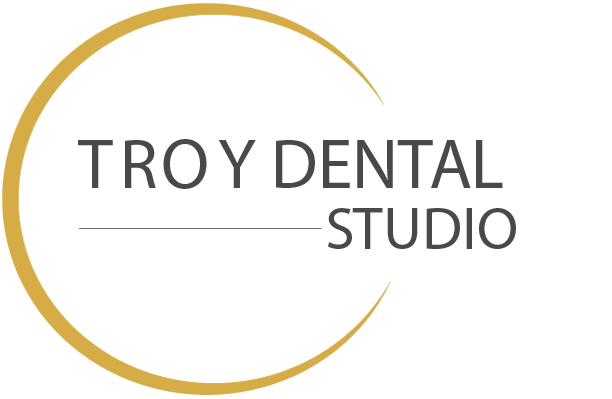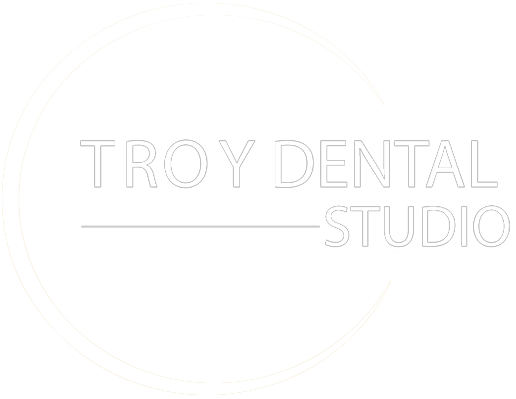Gum diseases, sometimes referred to as periodontal diseases, are a group of inflammatory disorders that affect the tissues that surround teeth. If these conditions are not addressed, they might result in serious side effects like tooth loss and other health problems. This in-depth guide will provide you with the knowledge you need to maintain the best possible dental health by walking you through the causes, symptoms, and potential treatments for periodontal disorders.
Understanding Periodontal Diseases
Bacterial infections that damage the gums and the bone that supports the teeth are the leading causes of periodontal diseases. Periodontitis and gingivitis are the most prevalent kinds.
Gingivitis
The least severe kind of periodontal disease is gingivitis. It is typified by gum irritation brought on by plaque accumulation. Gum bleeding, swelling, and redness are among the symptoms, particularly during brushing or flossing. If you follow good oral hygiene and receive competent dental treatment, you can reverse gingivitis.
Periodontitis
Gingivitis can develop into periodontitis, a more severe ailment that can result in the loss of the gums and bones that support the teeth if treatment is not received. The development of infected pockets between the gums and teeth is a sign of periodontitis. The tissues and bone may sustain further damage due to the immune system’s reaction to the infection. Prolonged foul breath, receding gums, loose teeth, and bite abnormalities are all signs of periodontitis.
Periodontal Disease Causes
Bacterial plaque buildup on teeth and gums is the leading cause of periodontal disorders. Other elements that may be involved are:
- Bad oral hygiene: Plaque can accumulate due to insufficient brushing and flossing.
- Smoking and tobacco use: Tobacco products increase the risk of infection and can reduce blood flow to the gums.
- Genetics: A hereditary predisposition to periodontal diseases exists in specific individuals.
- Hormonal changes: Gums might become more sensitive and disease-prone during pregnancy, menstruation, and menopause.
- Chronic illnesses: Diabetes and other related disorders may make people more susceptible to periodontal disease.
- Medication: Some drugs can decrease salivation, which can harm the oral environment and cause gum disease.
- Poor nutrition: A diet deficient in essential nutrients might weaken the immune system and oral health.
Periodontal Disease Symptoms
Early intervention and treatment of periodontal diseases depend heavily on recognizing their signs. Typical indications and manifestations include:
- Inflamed, red, or sensitive gums
- Bleeding gums when you brush or floss
- Persistent odor in the mouth
- Uncomfortable chewing
- Receding gums
- Development of large spaces between teeth and gums
- Slipping or loose teeth
- Modifications to denture fit or bite
If you encounter any of these symptoms, get expert dental care from Troy Dental Studio as soon as possible.
Diagnosis of Periodontal Diseases
A thorough dental examination is necessary to diagnose periodontal disorders. The dentist you see will:
- Examine your medical history: Recognize risk factors and any underlying medical issues.
- Check the gums: Look for recession, hemorrhage, and inflammation indications.
- Calculate pocket depths: Use a periodontal probe to determine the depth of the pockets surrounding teeth.
- Consider X-rays: Examine any structural alterations to the teeth and jaw, including bone loss.
Your dentist will assess the results to ascertain the extent of the illness and suggest a suitable course of action.
Treatment for Periodontal Disorders
Various methods are used to treat periodontal disorders, depending on how severe the infection is and how quickly it progresses. The following are the primary forms of treatment:
Non-Surgical Treatments
- Professional dental cleaning involves scaling and root planing to remove tartar and plaque from both above and below the gum line.
- Using oral or topical antibiotics to lessen bacterial illness is known as antibiotic therapy.
- Antimicrobial mouthwash is a treatment that reduces inflammation and controls microorganisms.
Surgical Treatments
If the condition is more advanced, surgery can be required:
- Flap surgery: This procedure involves repositioning the gums for a more secure fit after lifting them to remove tartar deposits in deep pockets.
- Bone grafting: The process of replacing bone that has been lost due to periodontal disease with either synthetic or natural bone.
- Guided tissue regeneration: Using a specific membrane, guided tissue regeneration promotes the formation of gum and bone tissue.
- Soft tissue grafts: Soft tissue grafting involves using tissue from another part of the mouth to reinforce receding or thin gums.
- Laser therapy: The process of removing damaged tissue and accelerating recovery with laser therapy.
Maintenance and Follow-up
Periodontal disease therapy requires continuing upkeep and follow-up care to be successful:
- Frequent dental visits: To monitor and preserve gum health, schedule regular cleanings and checkups.
- Oral hygiene practices: This includes using prescribed mouthwash, brushing, and flossing regularly.
- Lifestyle changes: Give up smoking, manage chronic illnesses, and eat a healthy, balanced diet.
Preventing Periodontal Diseases
The most effective way to prevent periodontal disorders is via preventive treatment. The following are some crucial tactics:
- Maintain Good Dental Hygiene: Floss once a day and brush twice a day with fluoride toothpaste.
- Frequent Dental Check-Ups: See your dentist at least twice yearly for expert cleanings and exams.
- Healthy Diet: Eat a well-balanced diet high in vitamins and minerals to enhance immune system performance and dental health.
- Steer Clear of Tobacco: Don’t use or smoke any tobacco products.
- Control Health Conditions: Lower your chance of gum disease by managing long-term conditions, including diabetes.
Takeaway
Periodontal disorders can have a severe influence on your oral and general health. They are prevalent but curable and avoidable problems. It is crucial to comprehend the reasons, signs, and available treatments to keep your teeth and gums in good condition.
Proper oral hygiene, regular dental visits, and addressing risk factors can help you successfully avoid and manage periodontal diseases. See your dentist when you suspect gum disease, also known as periodontal disease, to create a customized treatment strategy and ensure the most remarkable results for your oral health. To explore more about periodontal disease, visit now at https://troydentalstudio.com/services/non-surgical-gum-reshaping/



